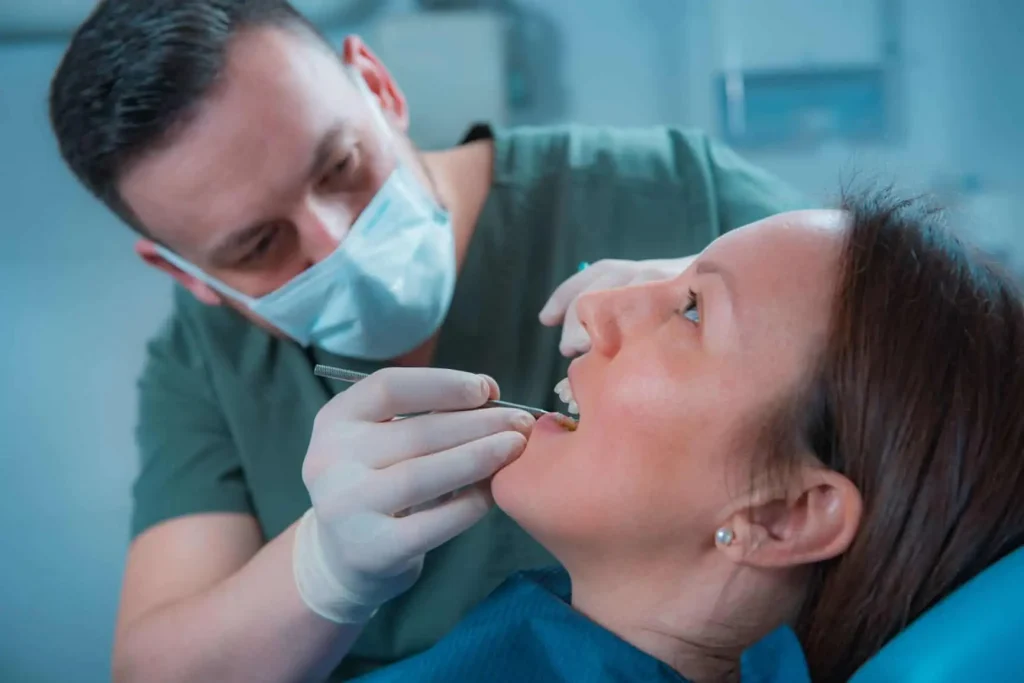
Ways to Treat Cervical Disc Disease
Cervical disc disease occurs when you stress and strain the discs in your neck vertebrae over time. The vertebral discs provide your spine with stability and allow you to turn and move. When you are young, the discs are plump and flexible, but as you age, they lose some of their water content, making them drier and stiffer and prone to degeneration. Cervical disc disease Roswell is a common cause of neck pain. Neck pain and stiffness are common symptoms of cervical disc disease. As the condition progresses, it can be challenging to move your neck. If the irritated discs press on the nerves in your spinal canal, you may experience pain that travels into your shoulders down your arm.
Rest
Activities like craning your head forward when working on your computer or looking at your mobile phone can worsen neck pain resulting from cervical disc disease. Refraining from such activities for a few days or weeks can help reduce your pain. Eating healthy and quitting smoking will also help promote your disc health.
Medications and injections
Over-the-counter medications like acetaminophen or ibuprofen can help ease your neck pain. If the over-the-counter drugs are ineffective, your doctor may prescribe oral steroids. Your doctor can prescribe muscle relaxants if you are experiencing muscle spasms. Cervical epidural steroids or facet injections can also help relieve neck pain.
Physical therapy
Your therapist may recommend certain neck exercises and stretches to help reduce pain. Exercises also help increase neck strength and flexibility.
Manual manipulation
Your chiropractor can manually adjust your cervical spine to reduce pain and improve your range of motion. Your specialist may recommend a physical or imaging study before manual neck manipulation.
Surgery
Your doctor may suggest surgery if you have neurological symptoms like persistent arm numbness or weakness, trouble walking, or bowel control. Neurological symptoms may lead to a permanent nerve. In such a case, surgery may help relieve pressure on the nerve. Surgery may also be beneficial if you experience severe chronic pain that does not improve with non-surgical treatments. There are various surgical procedures for cervical disc disease, which include:
Cervical artificial disc replacement
Cervical artificial disc replacement involves your surgeon removing the affected disc and replacing it with an artificial disc. This surgical procedure helps preserve motion at that spinal level. Cervical artificial disc replacement may be more effective in patients with minimal arthritic changes to the posterior facets.
Anterior cervical discectomy and fusion (ACDF)
Anterior cervical discectomy and fusion involve your surgeon removing the irritated disc, decompressing the nerve root, and inserting a bone graft or a metal cage. The surgery helps maintain or reestablish the normal height of the disc space. If you are experiencing neurological symptoms from spinal cord compression, your surgeon may remove part of a vertebra or widen the spinal area, giving more space for the spinal cord before the provider performs fusion.
Cervical disc disease develops when the discs in your neck vertebrae degenerate. Depending on your symptoms and the extent of damage, your doctor can treat cervical disc disease through rest, physical therapy, medications, manual manipulation, and surgery. Schedule an appointment at Apex Spine and Neurosurgery for cervical disc disease treatment to alleviate your neck pain.
